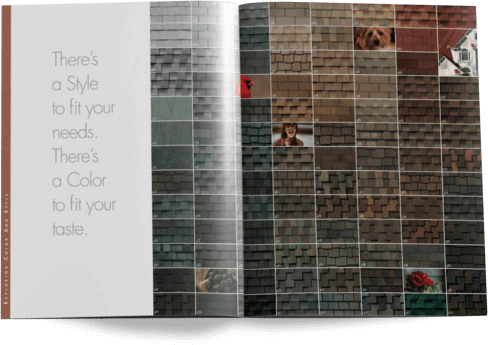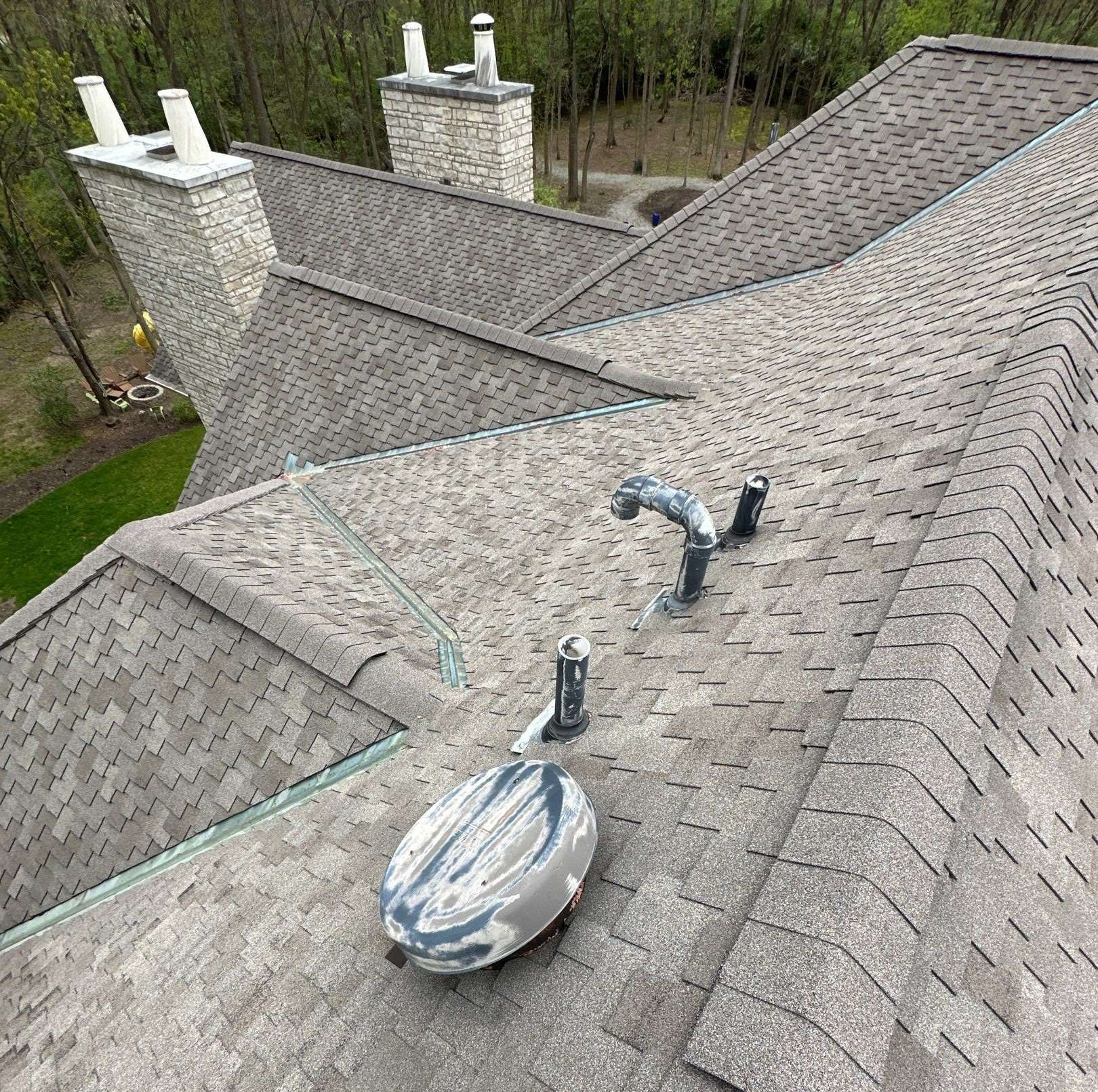Heavy rainstorms are no stranger to Miamisburg, OH. And while the rain may stop, the damage it causes can linger undetected — especially on your roof. For homeowners in this region, scheduling a roof inspection after significant rainfall isn’t just a precaution — it’s a smart investment in the longevity and safety of your home.
In this article, we’ll cover why post-rain roof inspections are critical, what signs to look for, and what to expect during a professional evaluation.
A well-maintained roof protects your home from rain, snow, wind, and extreme temperatures. But like all parts of a home, a roof doesn’t last forever. Knowing when it’s time to replace your roof is crucial to avoid costly damage to your home’s structure, insulation, and interior.
If you’re a homeowner in Miamisburg, OH, recognizing the signs of roof deterioration early can save you time, money, and stress. In this guide, we’ll explore the most common indicators that you might need a new roof — and what to do next.
Why Roof Replacement Shouldn’t Be Delayed
Postponing a necessary roof replacement can lead to serious problems, including mold growth, water damage, higher energy bills, and structural issues. A compromised roof no longer offers full protection, especially during Ohio’s stormy seasons.
In fact, many homeowners don’t realize there’s an issue until they notice leaks, rotting wood, or missing shingles. By then, the damage may already be extensive — and expensive.
1. Age of Your Roof
One of the simplest indicators is age. Most asphalt shingle roofs last about 20–25 years, while metal, tile, and slate options can last longer. If your roof is approaching or exceeding its typical lifespan, it may be time to schedule an inspection.
Even if there are no visible issues, older roofs may be hiding underlying wear. If your roof was installed over an old layer (a practice known as overlaying), it may deteriorate more quickly than a full tear-off replacement.
2. Curling or Missing Shingles
Check your roof for shingles that are:
- Curling at the edges
- Cracked or broken
- Completely missing in some areas
Shingle damage not only affects your home’s appearance but also its protection. Curling or buckling usually results from moisture buildup or age. If you notice patches where granules are missing or the shingles appear thin and brittle, your roof may be failing.
3. Granules in the Gutters
Asphalt shingles shed granules over time. While a few granules are normal, finding a large amount in your gutters or at the base of your downspouts is a red flag.
Granule loss reduces the shingles’ ability to reflect sunlight and resist UV damage. This can accelerate aging and lead to overheating in your attic, affecting insulation and raising energy costs.
4. Interior Leaks or Water Stains
Sometimes, roof damage reveals itself inside your home. Watch for:
- Water stains on ceilings or walls
- Mold or mildew growth
- Musty odors in the attic
If water is making its way indoors, the roof’s protective layers have likely been breached. Even small leaks can lead to serious damage, including compromised insulation, rot, and electrical hazards.
5. Sagging Roofline
Stand back and look at your roof from the street. Is it uneven or sagging in the middle? A sagging roof can signal structural problems beneath the shingles, such as:
- Rotted decking
- Damaged rafters or trusses
- Excess moisture trapped in the attic
This type of damage should be inspected immediately, as it can lead to roof collapse in extreme cases.
6. Rising Energy Bills
If you’ve noticed a recent spike in your heating or cooling costs, your roof could be to blame. Poor insulation, gaps in the roof, or missing shingles can allow air to escape — forcing your HVAC system to work harder.
An energy-efficient roof not only protects your home but helps regulate indoor temperature year-round. Investing in a new, well-insulated roof can often reduce monthly utility costs.
7. Storm or Hail Damage
Ohio weather can be unpredictable, and strong storms can cause major roof damage in minutes. Hail, in particular, can bruise or crack shingles, leading to premature wear. After any major storm, check for signs of:
- Dents in metal flashing or vents
- Shingle bruising or granule loss
- Tree limbs or debris on the roof
Even if the damage seems minor, it’s wise to schedule a professional inspection. Hidden storm damage can void warranties and insurance claims if not addressed quickly.
8. Moss and Algae Growth
In humid climates or shaded areas, you may notice green or black streaks on your shingles. While moss and algae may seem like just a cosmetic issue, they can actually trap moisture against the roof surface.
Over time, this moisture can cause rot, shingle damage, and decreased roof life. A thorough cleaning may help, but if growth is widespread or recurring, it may be time for a new roof.
What to Do If You Suspect Roof Damage
If you’ve identified one or more of the signs above, don’t wait. A prompt roof inspection from a qualified contractor is the best next step. An expert can assess the extent of the damage and help you determine whether a full replacement is necessary or if repairs will suffice.
For homeowners in Miamisburg and the surrounding areas, CPM ROOF offers trusted roof inspections, replacements, and guidance on maximizing the lifespan of your investment. Call today at 888-637-1377 to schedule your inspection and get peace of mind.
Final Thoughts
Your roof is one of the most important components of your home. Recognizing the signs of wear and damage early can save you thousands in repairs and prevent major disruptions to your daily life.
Whether your roof is aging, leaking, or showing signs of visible damage, knowing when to act is key. Regular inspections, seasonal maintenance, and partnering with a reliable local roofing contractor can help ensure your home stays protected for years to come.







